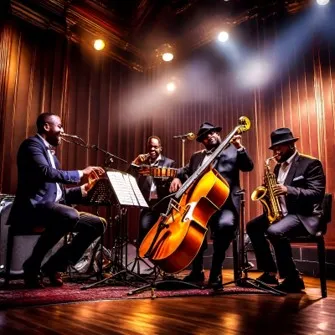
Control: n. the act or power of controlling; regulation; domination or command: the situation of being under the regulation, domination, or command of another
Creativity: n. the ability to transcend traditional ideas, rules, patterns, relationships, or the like, and to create meaningful new ideas, forms, methods, interpretations, etc.; originality, progressiveness, or imagination
At first glance, the two definitions listed above may appear contradictory. Creativity is often associated with bucking the system, while control is seen as being the system. Control establishes rules, whereas creativity transcends them.
However, these concepts need not be mutually exclusive; control and creativity can actually complement one another. Control provides structure and order, establishing a fertile ground for creativity to flourish.
Think of it like a jazz quartet: Imagine four musicians playing their instruments with boundless creativity, but without any rules. In this scenario, the quartet would likely produce noise rather than harmonious sound. However, when those same musicians follow a series of chord progressions in sync, improvisation occurs, resulting in novel and beautifully played music. Control, in this context, becomes a necessary foundation for creativity to emerge.
As leaders we should avoid allowing excessive control to stifle creativity, especially when creativity is required for team success. Initially, establishing rules and processes (i.e., control) is necessary to build trust among team members. However, once such trust is in place, we must loosen our grip to allow creativity to thrive. There exists a delicate balance between control and creativity, and our ability to harmonize both leads to innovative solutions and sustained success.
Finding Harmony Between Control & Creativity was originally published in Horizon Performance on Medium, where people are continuing the conversation by highlighting and responding to this story.
